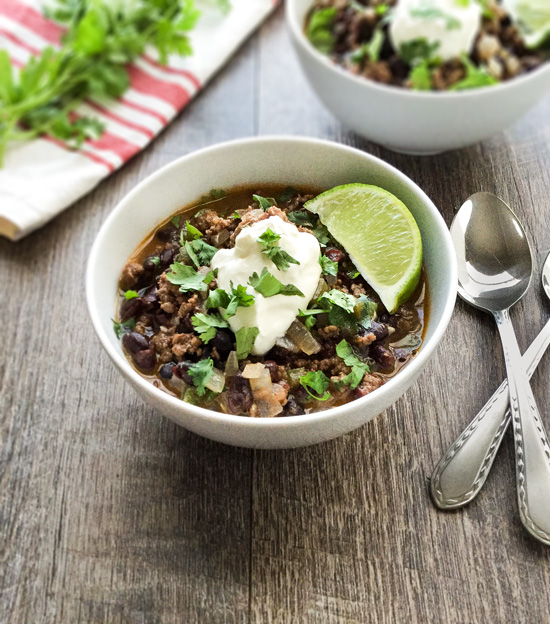
There’s a lot more potential in a packet of instant noodles than just adding the flavour sachet. Instant noodles certainly won’t win any prizes in the nutrition stakes, as they’re made from refined wheat flour and fried in palm oil, but what they lack in nutrition they more than make up for in both convenience and “hackability”.

He added the flavour-enhancing combo of MSG, salt and sugar (which now comes in a flavour sachet) to boost the taste. This pre-cooked the noodles while keeping them crisp and shelf-stable. But ultimately he succeeded through a method of first cooking the noodles in chicken broth and then frying them in hot oil. It took Ando more than a year to perfect the process of making a dry block of noodles. Japanese people were accustomed to eating noodles rather than slices of bread, so with the surplus wheat donated by the United States, he decided to invent an industrial version of freshly made ramen. In 1957, businessman Momofuku Ando wanted to help relieve Japan’s food crisis with a food product that held some cultural resonance. The birth of instant noodles can be traced back to post-war Japan where, more than a decade after the war was over, the country was still experiencing food shortages.

My wager comes down to a numbers game, as, according to the World Instant Noodles Association (yes, there is such an entity), around 290 million servings of instant noodles are eaten every day, making for a staggering 105.8 billion servings a year. Photo / Annabel Langbein MediaĪmong the cans and packets cluttering up your pantry, I’m almost willing to bet there’ll be a packet or a cup of instant noodles lurking somewhere. Serve with rice and/or a slice of crusty bread.Shiitake soba noodles. Remove the bay leaves and thyme sprigs before serving. Put the stew back in the oven, uncovered, and bake for an additional 30 minutes, or until the meat is fall apart tender and sauce has thickened Add the thyme, nestling it into the sauce. You should have a thick but pourable consistency. Add a ladle of the hot broth, a little at a time, making sure there are no lumps after each addition. Add 2 tablespoons of flour to a small bowl. Bake for 2 hours.Īfter 2 hours remove the stew from oven. Once simmering take off the heat, cover with a lid and place on the lowest rack of the oven. Stir in the cinnamon sticks, bay leaves, beef stock, chopped tomatoes, black beans, ½ teaspoon salt, along with the beef and any accumulated juices. Let cook for 1–2 minutes to release their aroma. Let cook for 5 minutes until the onions have softened, scraping the sucs off of the bottom of the pan as the veggies release their juices.Īdd the allspice, pepper and tomato paste, and give it a good stir. Tip in the celery, carrots and onions, along with 1 teaspoon of salt. Turn down the heat to medium and add another tablespoon of oil, if needed. Once all of the beef has been cooked, remove it all to a plate. The darker they are the more flavour they provide, but you don’t want them to burn, you can protect the sucs by adding additional oil as necessary and by lowering the heat if they start to catch too much. The browning caramelizes the beef and creates sucs in the pan – these are what add the umami flavour to the stew. You do not want to overcrowd the pan or the beef won’t brown. Remove to a plate and continue the process with the remaining beef. Allow to cook on one side until browned then flip and cook another 1–2 minutes to brown on the other side. Add the beef ⅓ at a time, in a single layer. Heat 1 tablespoon oil in a dutch oven set over medium-high heat. The recipe Caribbean Beef and Black Bean Stew Kitchen Mode 1 tin Epicure Black Beans, rinsed and drained.1 tablespoon Epicure Sun Dried-Tomato Paste.1 teaspoon ground allspice (freshly ground for best flavour).

2 medium carrots, peeled and roughly chopped.


 0 kommentar(er)
0 kommentar(er)
